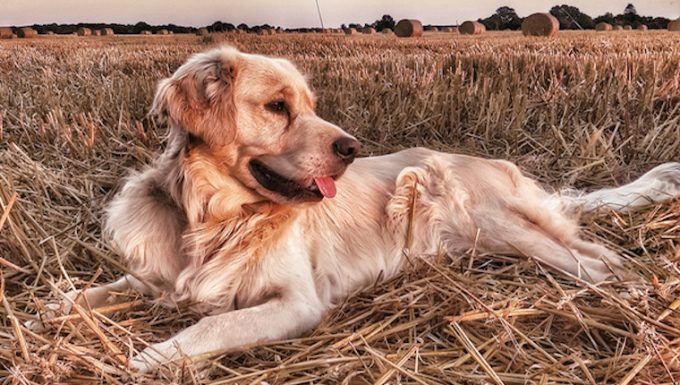Aspergillosis in dogs is a fungal infection that is caused by a type of mold. Dogs with longer heads and noses are most likely to suffer from the condition.
Technically, the condition is caused by a mold called Aspergillus. In some cases, a weakened immune system can increase a dog’s chances of developing the condition.
If you see the signs of aspergillosis in your dog, then get to a veterinarian for a proper diagnosis and treatment.
Here’s what you should know about the symptoms, causes, and treatments for the condition.
Symptoms of Aspergillosis in Dogs
The condition produces a pretty wide range of symptoms. For example, some of the most common symptoms include:
- Nose bleeds
- Sneezing
- Swollen nose
- Loss of appetite
- Nasal discharge
- Back pain
- Anorexia
- Vomiting
- Fever
- Inflammation
- Losing weight
Causes of Aspergillosis in Dogs

The cause of the condition is a fungus called Aspergillus. This fungus is often found in the outdoors. For example, hay, grass, and dust can all contain the fungus which can be inhaled.
Additionally, dogs with weaker than normal immune systems are more likely to develop the condition.
Treatments for Aspergillosis in Dogs
Firstly, your vet will ask about your dog’s symptoms. Secondly, your vet will ask about any circumstances where your dog could have come into contact with the fungus.
Thirdly, a full physical examination will be carried out.
In some cases, samples of any nasal discharge will be analyzed. A rhinoscopy can also be used to examine inside the nose.
In other cases involving dogs with compromised immune systems, X-rays of the spine and urine tests can be used.
Generally, antifungal medication is used to treat the condition. As always, if your vet prescribes your dog any medicine, stick to the precise dose and frequency instructions. Also, complete the full course of medicine.
In short, prevention is the best way to avoid this condition. So be careful letting your dog around outdoors places that contain a lot of hay or grass clippings.
Have you ever cared for a dog who suffered from this condition? How did your vet help your dog recover? Let us know in the comments section below.




